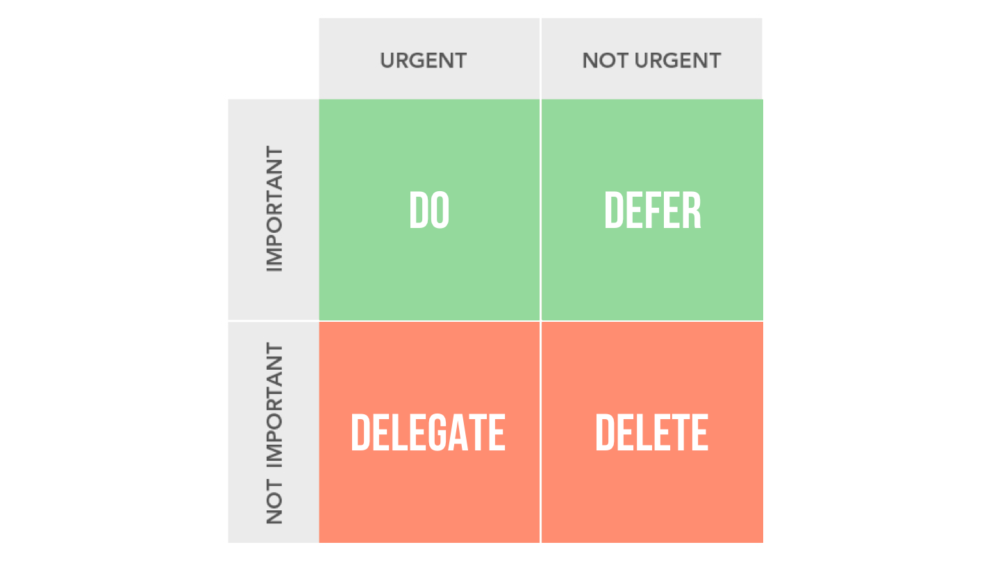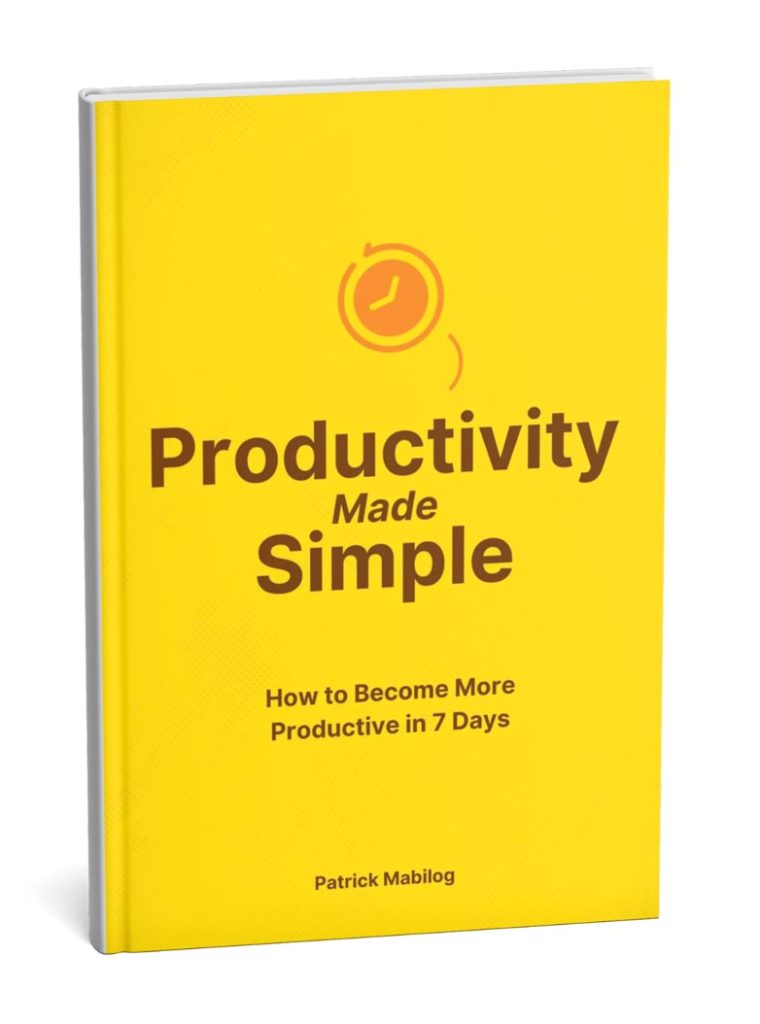When you think about the words “productive” and “busy,” do you easily mix up the two? Many of us today will readily admit that the two are one and the same. We think that the only way to become productive- and consequently successful in life- is to become busy.
We fill up our schedules with all kinds of projects, tasks and meetings thinking that this is the only way we will accomplish things. It’s no surprise that today, the standard workday is no longer 40 hours, but 50 for four out of ten professionals. But this 2019, I have made one startling revelation- that 40 hours a week is a veeeeery long time. In fact, it’s too long for any of us. We have a lot of time to get things done. Sometimes, we’re just doing the wrong things.
You might be thinking- “have you seen my to-do list?? I’m swamped with 40 tasks to get done in one day’s time.” We over-glorify the overflowing planner and make ourselves busy. But, friends, let me tell you today that “busy” and “productive” are two very different concepts. You can be the busiest person on earth and not be as productive as you should be. Likewise, you can be productive- efficient, slaying it, hustling big time- but not be busy.
Pareto Principle
Let me ask you to take a close look at your to-do list for the day. Take the time to study it and ask yourself the question- “Are the things I’m doing the most efficient ways to help me achieve my goals?” I know I’ve found myself swamped with a million things to do in such a little amount of time. But I’ve learned that doing more doesn’t always mean achieving more. What we need to do is use the Pareto principle when plotting out our to-do lists.
The Pareto principle is one that tells us that 20% of the things we do provide us with 80% of the results. So look at your 40 tasks for the day. Only 8 of those tasks will really bring you the results you need. Many people become busy because they’re so caught up with the other 32 things they feel that they need to do. But if you want to be smart about your time, energy and resources, we should be focusing on the 8 that will bring us the best results instead.
Focus on that call with one of your most profitable client. Get into a team meeting that will address all your logistical issues. Batch all your administrative data-work and get them into one document that will take half the time to organise. When we’re smart about our time, we do more by doing less.
Your Tool to Greater Productivity: The Eisenhower Matrix
I stumbled upon this amazing tool for productivity that has revolutionised the way I work. It’s called the Eisenhower Matrix. It was first made popular by President Dwight Eisenhower as a tool he used to manage his hectic work schedule as the President of the United States. The matrix cuts up your tasks into four categories based on urgency and importance.

The matrix is categorised according to the level of importance and urgency of your tasks. Important tasks are tasks that will give you optimal results. Urgent tasks are tasks that are time-sensitive and have a definite deadline. Not all important tasks are urgent and not all urgent tasks are important. That’s what the Eisenhower Matrix defines for us. Let’s look at each quadrant.
The 4 Quadrants of the Eisenhower Matrix
- The Do Quadrant | Important and Urgent. These tasks are those that you and only you can do. These are often your high ticket items- the 20% that will give you 80% of your results. Think of meetings only you can facilitate, sales that are hot and ready to close, process development that will solve multiple management issues. “Do” items are things that need to go first on your calendar.
- The Defer Quadrant | Important but Not Urgent. These are tasks that are extremely important but things you don’t have to do now. Many of these tasks are strategic in nature, meaning they involve a move or decision that will bring your company to the next level, but will not sink you if you don’t do it now. So you can schedule these tasks for later. Some examples would include new product development, a brainstorming meeting for a new campaign, developing a new incentive for your staff and so on.
- The Delegate Quadrant | Not Important but Urgent. Many of the items on this category are urgent tasks, but someone else can do them. I remember once finding out that there was a bug on a company website I was managing. Our company developed could have fixed it, but I tried to do it myself. I lost a lot of time fixing something I had no idea how to fix. 3 hours later, I succumbed to defeat and called my dev. He fixed the problem in 2 minutes. 3 hours versus two minutes. You tell me which is more efficient.
- The Delete Quadrant | Not Important and Not Urgent. If a task falls under these two, get rid of it. Sometimes you just have to look at something and say, “Not my job.” As someone in the field of public speaking, I sometimes get invited to speak on topics that I’m not passionate about. There’s money in it, but the topic isn’t important to me and I don’t feel the urgency. So I say no right then and there.
Summary: Priorities
If you can take the Eisenhower Matrix and Pareto Principle and summarise them both into one word, I would say the word, priorities. We need to know what matters and what doesn’t in our context. Too many of us are doing things that aren’t supposed to be a priority. If we can get rid of those by deferring them to a different time, delegating them to someone else or deleting them completely from your inbox and do only the 20% that brings 80% of the results, you will become more productive and less busy.





